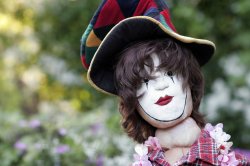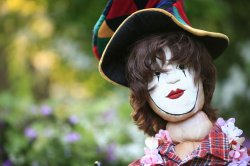So common wisdom says that under similar perspectives, a cropped DSLR has less background blur/more DOF than a non cropped DLSR. With the argument that you have to be farther away from the subject.
I've been thinking about this for a while and have come to the conclusion (in my mind at least) that the only things that should matter for DOF and bokeh will be the distance to the subject, and the angle of view. My prediction is that something like a 50mm on a cropped DSLR (~80mm) with an identical framing of an 85mm lens on a non cropped DSLR will yield similar bokeh and DOF. (at the same f stops)
I do not have the means for this test. So I'm asking for some help. Can someone with access to a 20D and a 5D, and 50mm f1.4 and 85mm f1.8 please set up a scene where you can monitor the bokeh behind an object to focus on. Its a pretty simple test, and if I had the means I would perform it.
Thank you.
I've been thinking about this for a while and have come to the conclusion (in my mind at least) that the only things that should matter for DOF and bokeh will be the distance to the subject, and the angle of view. My prediction is that something like a 50mm on a cropped DSLR (~80mm) with an identical framing of an 85mm lens on a non cropped DSLR will yield similar bokeh and DOF. (at the same f stops)
I do not have the means for this test. So I'm asking for some help. Can someone with access to a 20D and a 5D, and 50mm f1.4 and 85mm f1.8 please set up a scene where you can monitor the bokeh behind an object to focus on. Its a pretty simple test, and if I had the means I would perform it.
Thank you.



